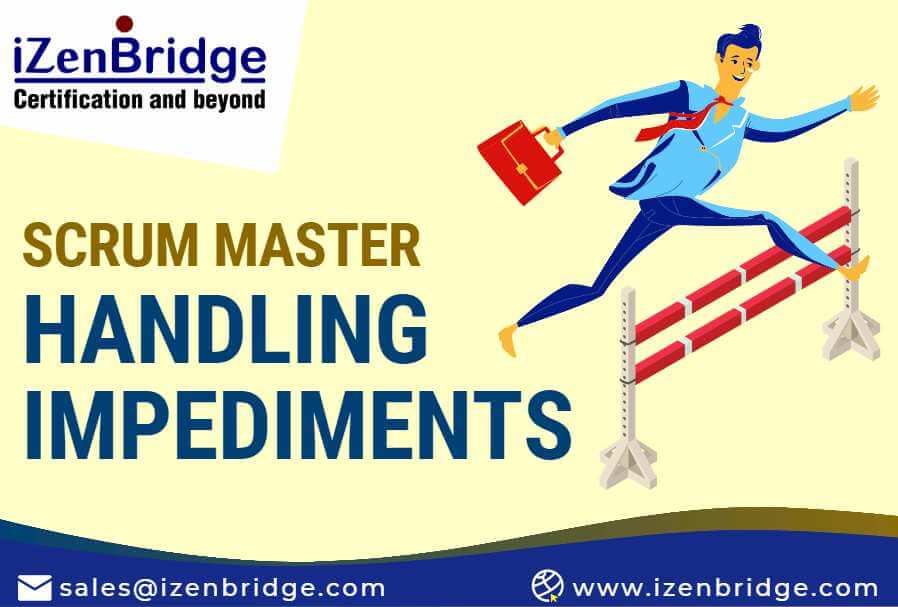

As organizations move towards agile ways of working, the role of the Scrum Master has become increasingly important. The Scrum Master is responsible for ensuring that the Team is working effectively and that any impediments to progress are identified and addressed. However, in many cases, the Scrum Master may encounter impediments beyond their control, making their job challenging. In this article, we will explore some strategies Scrum Masters can use to handle organizational impediments.
An Impediment is anything that slows the Team and keeps the Team away from getting things done. Organizational impediments can be defined as a condition in your organization slowing down the Team. Here are some examples of Organizational impediments:
Make impediments Visible
The first step in handling organizational impediments is to make them visible. Transparency is a core idea of agile, and it is essential that all impediments are identified and exposed. This may involve creating an issue log or using an information radiator to display the impediments in a prominent location. By making the impediments visible, the Scrum Master can ensure that everyone is aware of the issues and their impact on the Team’s productivity and quality of work.
Quantify the impact in Business Language
Once the impediments have been identified and made visible, the Scrum Master should conduct impact analysis. This involves examining the impediments and their impact on the project delivery in business language. For example, rather than simply stating a critical issue pending, the Scrum Master should describe the issue’s impact in terms of the project’s business objectives. This will help stakeholders understand the severity of the issue and the importance of resolving it quickly.
Work with Key Stakeholders
Once the impediments have been identified and made visible, the Scrum Master should conduct impact analysis. This involves examining the impediments and their impact on the project delivery in business language. For example, rather than simply stating a critical issue pending, the Scrum Master should describe the issue’s impact in terms of the project’s business objectives. This will help stakeholders understand the severity of the issue and the importance of resolving it quickly.
Work with Key Stakeholders
The next step is to engage with stakeholders who are directly impacted by the impediments. This may involve one-to-one meetings or other forms of communication to ensure that the stakeholders understand the impact of the issues and the importance of resolving them quickly. By engaging with stakeholders, the Scrum Master can gain their support and ensure everyone works together to address the impediments.
Work with Peers
In some cases, the Scrum Master may need to seek assistance from other teams or community support groups to address the impediments. This may involve working with other project management groups or seeking assistance from other Scrum Masters. By leveraging the expertise of others, the Scrum Master can ensure that the impediments are addressed quickly and effectively.
Conclusion
In conclusion, the Scrum Master plays a critical role in identifying and addressing impediments to progress in agile projects. While organizational impediments may present challenges, there are strategies that Scrum Masters can use to handle them effectively. By making impediments visible, conducting impact analysis, engaging with stakeholders, and seeking assistance from other teams, Scrum Masters can ensure that impediments are addressed quickly and effectively, and the Team can continue to work towards their objectives. In addition, Scrum Master can consider taking our ICAgile Agile Coach (ICP-ACC) Certification training program to sharpen the skills needed to support organizational agility.